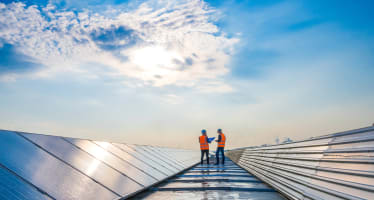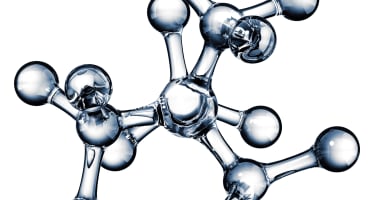Driving Decarbonization

We are driving decarbonization, and we undertake many different actions destined to improve our energy efficiency while driving down our direct and indirect emissions. We identify risks, establish targets, improve our processes, engage our employees, and develop products that benefit from the inherent sustainable benefits of aluminum.
We plan to continue our efforts to decrease the greenhouse gas (GHG) emissions intensity linked to our activities (Scope 1 and 2), which represents 12% of our total GHG emissions. We also commit to reducing emissions linked to our supply chain and the metal we buy (Scope 3). As approximately 80% of our total GHG emissions (Scope 1, 2, and 3) comes from the primary metal we purchase, we focus on increasing our recycling input, and on promoting the use of low-carbon primary metal.
Constellium’s Scope 1, 2, and 3 intensity is among the best in the industry: 5.42 metric tons CO2 per metric tons of product shipped in 2024.



